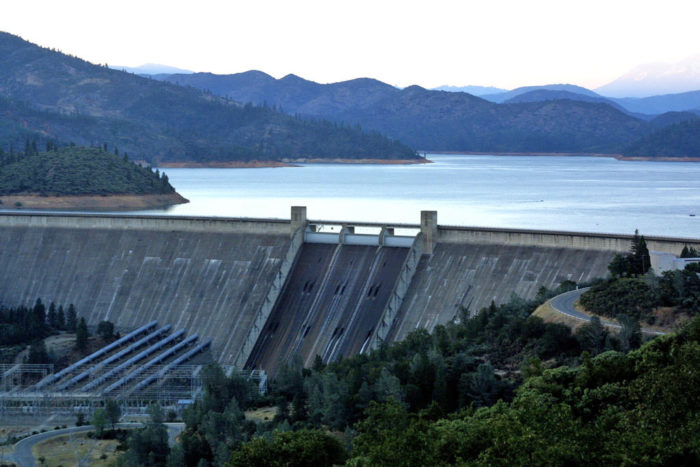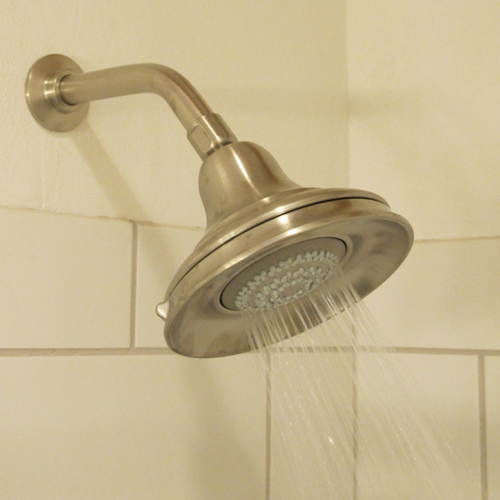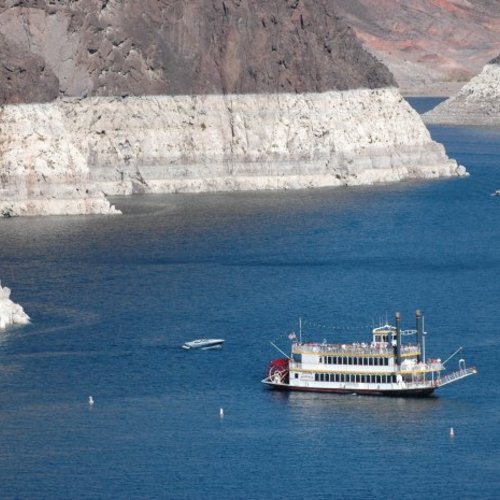
Image Credit: Quinn Norton / CC BY 2.0 / Flickr
An emergency water conservation campaign in California to cut consumption by 25% also saved enough electricity over a nine-month period to power 135,000 homes for a year, according to an analysis from the University of California-Davis.
The savings of 922,543 megawatt-hours of electricity between June 2015 and this past February surprised even officials of the State Water Resources Control Board, according to an article in The Los Angeles Times. Max Gomberg, the board’s conservation manager, called the numbers “surprisingly large,” adding, “I was pleasantly surprised at the magnitude of the action.”
Researchers at the UC Davis Center for Water-Energy Efficiency (CWEE) worked with data provided by the state’s electric utilities and water districts, required as part of Gov. Jerry Brown’s water conservation emergency order. They found that lower electricity use last summer equaled the savings of all energy-efficiency programs offered by major investor-owned utilities, but at less than one-third the cost, The Times said.
Between July and September, utilities offered incentives — such as upgrades to appliances, more efficient lighting and air-conditioning equipment — that reduced energy consumption by about 460 gigawatt-hours. The programs cost about $172 million. Reductions in water use had the effect of reducing the state’s energy use by 460 gigawatt-hours but cost $44.8 million.
Energy savings were probably even higher, The Times said, because the UC Davis study did not account for the electricity used to treat water after discharge from homes and factories.
“Water and energy resource systems are fundamentally interrelated,” a CWEE report says. “Secure, reliable access to both resources is critical to basic survival, as well as ongoing economic development, at all scales and in every region of the world. Water is required to make energy, and energy is required to treat and move water — a relationship we call the ‘water-energy nexus.’ “
Water consumption uses lots of energy
The region’s water distribution system is an “emerging target” for efforts to reduce energy consumption and greenhouse gas emissions, the CWEE says. Some 20% of the electricity and 30% of the non-power-plant natural gas consumed in California is used to produce, move, treat, and heat water.
Water conservation efforts from June 2015 through April have saved more than 423 billion gallons. Winter rains and snow allowed energy measures to be rolled back, pleasing water districts in San Diego County. But the UC Davis analysis prompted some advocates to promote continued vigilance.
“One of the things this Davis report shows, which people in the water sector have known for a long time, is if you really want to get a handle on climate change, you can’t do it without water conservation,” Bruce Reznick, executive director of Los Angeles Waterkeeper, told the newspaper.
CWEE Director Frank Loge said researchers were “quite surprised” by the analysis.
“The actual energy saved is quite a bit greater than our analysis,” he said. “Our analysis is quite conservative. I think one of the biggest lessons for me and others in the state as we begin to think about the path forward is the real potential to invest energy efficiency money into water conservation.”
Even as conservation efforts are eased, California residents are using less water. A report published by Water Deeply said that average use in April was 77 gallons per person per day, compared with 104 gallons in the same month in 2013, a decline of 26%.
The website said that the energy savings resulting from water conservation meant reductions in greenhouse gas emissions of 219,653 metric tons — the same effect as removing 50,000 cars from the road.
Weekly Newsletter
Get building science and energy efficiency advice, plus special offers, in your inbox.















One Comment
Any readers in the NW hear rumblings over the sedimentation
of these hydroelectric dams? Make in my enviro science days this was always a concern that we debated over.
Log in or create an account to post a comment.
Sign up Log in